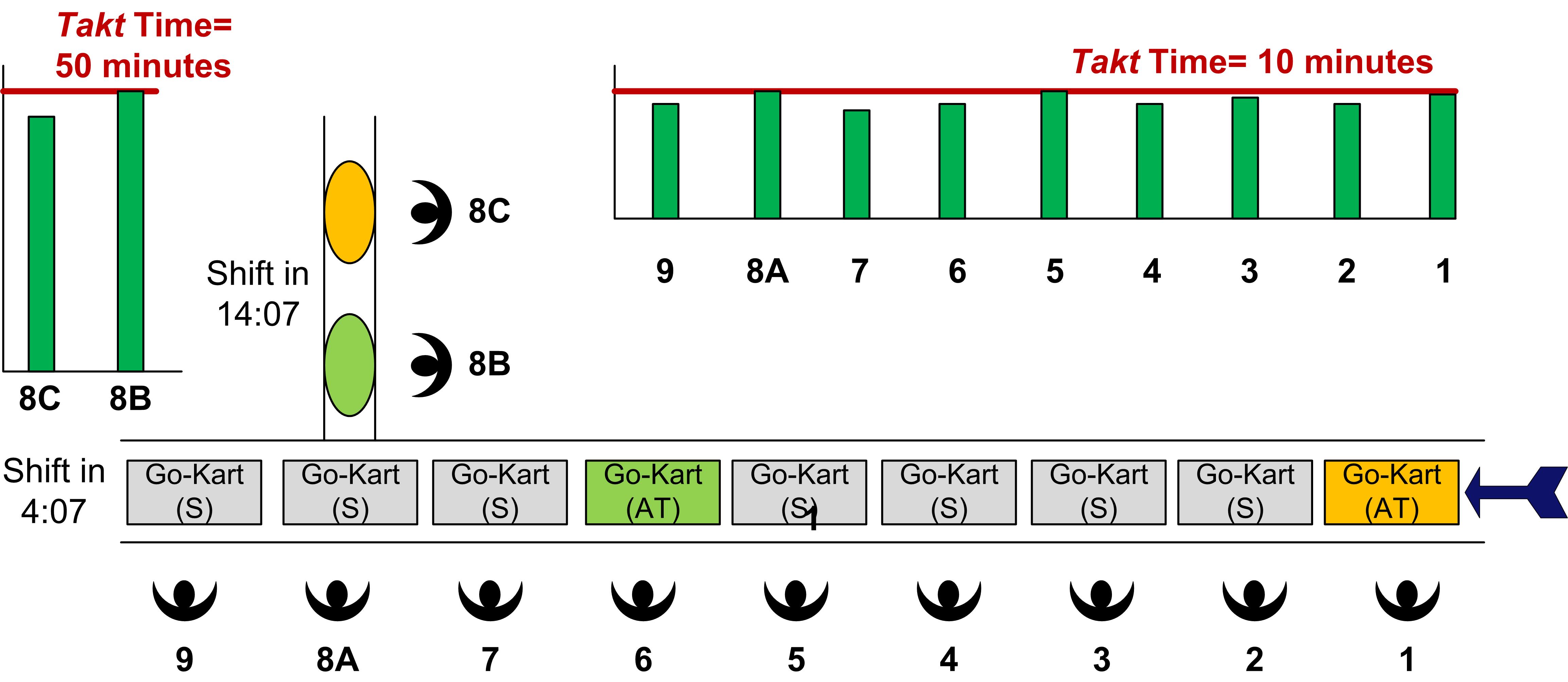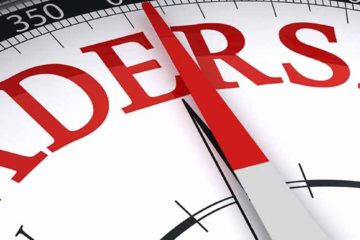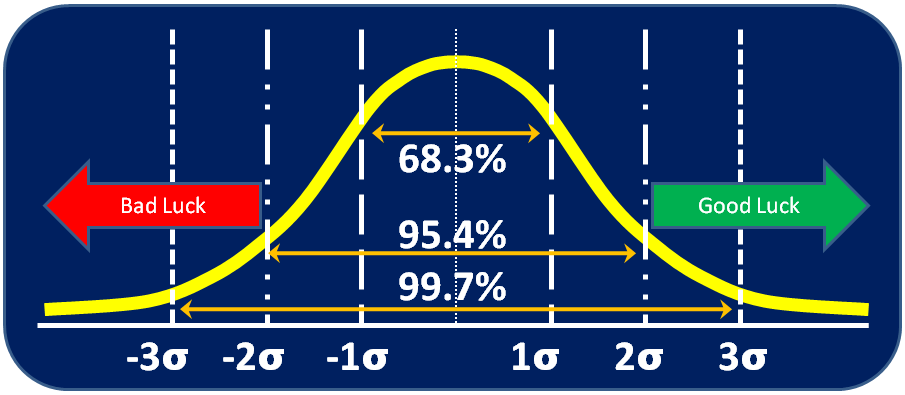Occam’s Razor
The common interpretation of Occam’s Razor is that when all other things are equal, the simplest solution is probably right. More accurately, but in less common use, Occam’s Razor says that one should choose the hypothesis that makes the fewest new assumptions. In either case, Occam’s Razor is a tool Read more…


